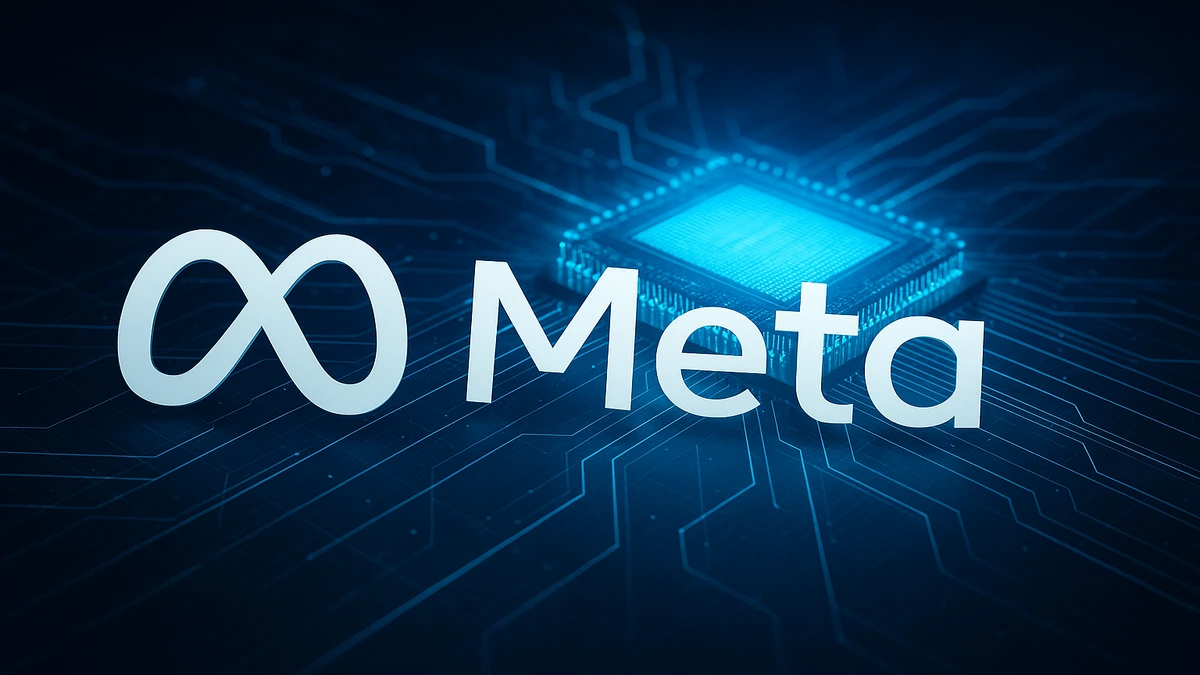
Meta launches Superintelligence Labs to build AI that surpasses human intelligence. Led by Alexandr Wang, this bold 2025 move unifies Llama, FAIR, and Scale AI in a high-stakes race for artificial superintelligence.
In a groundbreaking move, Meta has unveiled its ambitious plan to redefine the future of artificial intelligence (AI) with the creation of Meta Superintelligence Labs (MSL). Announced on July 1, 2025, this new division consolidates Meta’s AI efforts under a unified structure, aiming to develop superintelligent systems that could surpass human cognitive abilities.
Led by visionary leaders and backed by significant investments, this initiative positions Meta as a frontrunner in the global race for artificial general intelligence (AGI) and beyond.
Unlike earlier, incremental efforts, MSL brings together all of Meta’s AI teams—ranging from the open-source Llama models to the FAIR (Fundamental AI Research) unit—under a single unified framework. It’s a power play meant to signal Meta’s intent to challenge top AI labs like OpenAI and Google, and to redefine its place in the future of tech.
The Birth of Meta Superintelligence Labs
Meta’s CEO, Mark Zuckerberg, outlined his vision for MSL in an internal memo, emphasizing the company’s commitment to achieving superintelligence—a hypothetical AI capable of outperforming humans across diverse tasks. This restructuring integrates Meta’s foundation model teams, including those behind the open-source Llama software, product teams, and the Fundamental Artificial Intelligence Research (FAIR) projects. The creation of MSL marks Meta’s most significant organizational shift toward AI since its initial investments over a decade ago, signaling a strategic pivot to compete with industry giants like OpenAI, Google, and Anthropic.
The decision to form MSL comes after reported setbacks, including a lukewarm reception to Meta’s Llama 4 model and internal challenges within its AI division. Zuckerberg’s response has been decisive: centralize efforts, recruit top talent, and invest heavily in infrastructure to accelerate progress toward superintelligence. This move underscores Meta’s determination to move beyond its social media roots and establish itself as a leader in advanced AI development.
The Evolution of Meta’s AI Strategy
Meta’s push into AI has spanned over a decade. While models like Llama have gained traction, they’ve also faced their share of scrutiny, prompting a rethink. MSL reflects a renewed strategy—one that brings product teams, foundational model builders, and research groups into a tightly integrated unit. The goal? Speed up the path toward advanced AI, or even superintelligence.
This is more than just another AI lab. Mark Zuckerberg has set a “moonshot” vision—AI that’s not just smart but radically more capable than humans in problem-solving, creativity, and adaptive thinking. This ambition is a declaration: Meta isn’t just a social media company anymore—it’s vying to lead the future of intelligence itself.
Leadership Behind the Mission
One of the standout features of MSL is its leadership lineup. Meta has appointed Alexandr Wang, the former CEO of Scale AI, as Chief AI Officer. Known for powering AI pipelines at major companies, Wang brings critical operational expertise. He’s joined by Nat Friedman (ex-GitHub) and Daniel Gross (formerly of Safe Superintelligence), who collectively lead product development and applied research.
To back its ambition with action, Meta has aggressively hired top AI researchers from competitors like OpenAI, Anthropic, and DeepMind. Names like Jack Rae, Pei Sun, Jiahui Yu, Shengjia Zhao, and others now strengthen MSL’s talent base—reportedly with compensation packages ranging into eight and nine figures.
Strategic Partnerships and Big Bets
Meta’s roadmap to superintelligence involves more than internal R&D. It recently finalized a $14.3 billion investment in Scale AI, giving Meta a 49% stake in the data infrastructure firm. That’s the second-largest deal in Meta’s history, after WhatsApp.
With this, Meta secures a steady pipeline of high-quality data for training its models, while Scale AI remains independent to serve other clients. The structure of this deal is also tactically designed to avoid regulatory challenges—something Meta has become adept at navigating.
The Pursuit of Superintelligence
Where AGI (Artificial General Intelligence) replicates human thinking, superintelligence aims to exceed it—whether in scientific breakthroughs, artistic expression, or decision-making. Meta’s messaging is clear: the company wants to go beyond catching up—it wants to lead.
Of course, there are skeptics. Researchers like Dr. Margaret Mitchell point out that today’s AI still struggles with nuance, common sense, and real-world ambiguity. But with enormous compute power, a global platform, and tighter integration of software, data, and chips, Meta is betting big on moving the needle.
Innovations Driving the Push
MSL will leverage Meta’s existing Llama models, MTIA chips, and its unique experience in scaling platforms like Instagram, Facebook, and WhatsApp to billions of users. It will also benefit from the precision-labeled datasets provided by Scale AI.
There’s also a hardware angle. Meta is exploring AI-integrated wearables, such as smart glasses, that bring personalized, contextual intelligence into daily life. This convergence of hardware, software, and data pipelines gives Meta a distinct edge in deploying superintelligent systems at scale.
Competing in a Crowded Arena
The creation of MSL isn’t happening in a vacuum. Microsoft is integrating Inflection AI, Google is deepening ties with Character.AI, and Anthropic continues expanding Claude’s reach. Meta’s move ramps up the intensity of the global AI race.
What sets Meta apart is its open-source strategy, internal chip design, and sheer capital firepower. It has the luxury to invest in long-term R&D while iterating on live products. But rivals aren’t standing still, and every leap forward brings fresh ethical and technical dilemmas.
Ethical Dimensions and Public Risk
As Meta marches toward superintelligence, the risks grow. AI this powerful can reshape industries like finance, education, healthcare—and even touch crypto and blockchain sectors. In decentralized finance (DeFi), for instance, superintelligent systems could optimize smart contracts, security, and governance.
But such power demands responsibility. From bias and privacy to control and autonomy, the concerns are real. Researchers like Ilya Sutskever have long advocated for robust safety measures before scaling these systems widely. Meta must walk the tightrope between rapid progress and long-term safety.
Meta’s Strategic Advantages
Meta isn’t a startup—it’s a behemoth. With billions in compute, a global user base, and a robust engineering culture, it can move faster than most in scaling bleeding-edge AI. Zuckerberg’s hands-on involvement in hiring and strategy reflects how personal this vision has become.
He’s reportedly hosted potential recruits at his homes in Palo Alto and Lake Tahoe, emphasizing how central MSL is to Meta’s long-term identity. With resources, reach, and raw ambition, Meta may have what it takes to push toward superintelligence faster than many expect.
If Meta Superintelligence Labs succeeds, it won’t just change the company—it could reshape how we live, learn, and work. The next frontier may involve assistants who think with you, glasses that see for you, or systems that design, analyze, and innovate at superhuman speed.
But the road is long. Balancing ethical guardrails, regulatory complexity, and deep tech challenges won’t be easy. Yet, one thing is clear: Meta isn’t aiming to follow the AI revolution—it’s trying to lead it.
Discover more from Poniak Times
Subscribe to get the latest posts sent to your email.






